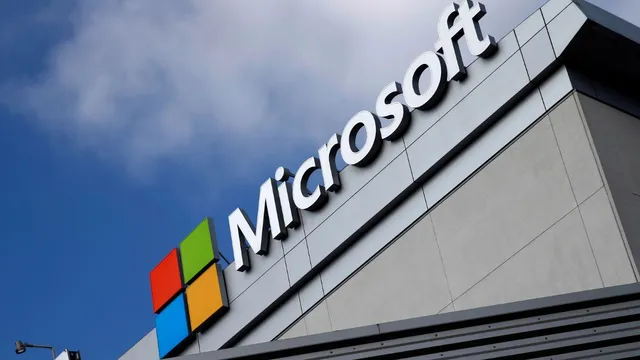- By Alex David
- Sat, 11 Oct 2025 06:13 PM (IST)
- Source:JND
Windows 10 Extended Security Updates (ESU) is Microsoft’s band-aid measure for users who are unable to transition to Windows 11. ESU, which was announced last year, is available for one more year and provides security updates to still-supported systems that have vulnerabilities exploited by new exploits.
While those with compatible PCs can upgrade to Windows 11 for free, millions of older computers don’t meet the hardware requirements for Microsoft’s latest operating system. The good news is that Microsoft isn’t leaving everyone behind — it has introduced a way to keep Windows 10 devices protected for another year or two without forcing an upgrade.
What Is the Windows 10 Extended Security Updates (ESU) Programme?
The Windows 10 Extended Security Updates (ESU) programme is Microsoft’s stopgap solution for users who can’t move to Windows 11. Announced last year, ESU extends security updates for up to one additional year, keeping vulnerable systems safe from new exploits.
Initially, Microsoft planned to make ESU a paid subscription, but it later updated its stance — users can now access ESU updates for free in certain cases. The updates under this plan will include “critical and important” security fixes delivered monthly, but no new features, performance improvements, or direct technical support.
In short, ESU won’t make your old PC new again — it’ll just make sure it stays safe while you continue using it.
ALSO READ: BluSmart’s Official Verified X Account Sparks Chaos With Fraud Allegations Amid Financial Crisis
Who Can Join the ESU Programme?
Not every Windows 10 user qualifies automatically. To enrol, your computer must meet a few requirements:
- Run Windows 10 version 22H2 (Home, Pro, Pro Education, or Workstation editions).
- Have all the latest Windows updates installed.
- Be linked to a Microsoft account with administrator privileges.
Once you confirm these conditions, you’ll be able to join the ESU programme as soon as Microsoft rolls it out to your device.
How to Enrol in Windows 10 ESU Programme
Microsoft offers three ways to sign up for the ESU plan:
Using Windows Backup (Free Option)
- Open Settings > Update & Security > Windows Update.
- If your device is eligible, you’ll see an option to Enrol Now.
- Choose to back up your system using Windows Backup — this automatically qualifies you for ESU at no cost.
Redeeming Microsoft Rewards Points
- You can redeem your existing Microsoft Rewards points instead of paying money.
- This method is useful for users who have accumulated enough points through Microsoft’s ecosystem.
Paying a One-Time Fee
- If neither of the above applies, you can pay $30 (around ₹2,660) to join ESU.
- Once paid, your PC will receive Windows 10 security updates until October 13, 2026.
Microsoft emphasises that this isn’t a long-term fix — ESU is designed as a temporary bridge for users who need more time to upgrade or replace their hardware.
ALSO READ: India Will Back ‘Best-in-Class’ Homegrown Tech, Says MeitY Secretary S Krishnan
Rollout Timeline and What to Expect
Windows 10 ESU will be gradually released, so some users may not yet see an enrollment link. But all eligible devices will see it before October 14 and there can be no claim of ignorance when the changeover window was.
Your PC will continue to receive monthly updates for another year once you enroll, leaving you a little more breathing room to figure out your next move on whether to switch over to Windows 11 (or other OS).
Bottom Line
If your PC still runs Windows 10, this is the last call. Regular support ends on October 14, and after that, the ESU programme will be the only way to stay secure. Whether you opt for the free backup route, redeem reward points, or pay the $30 fee, make sure you act before the deadline — because once support stops, so does your system’s protection.

